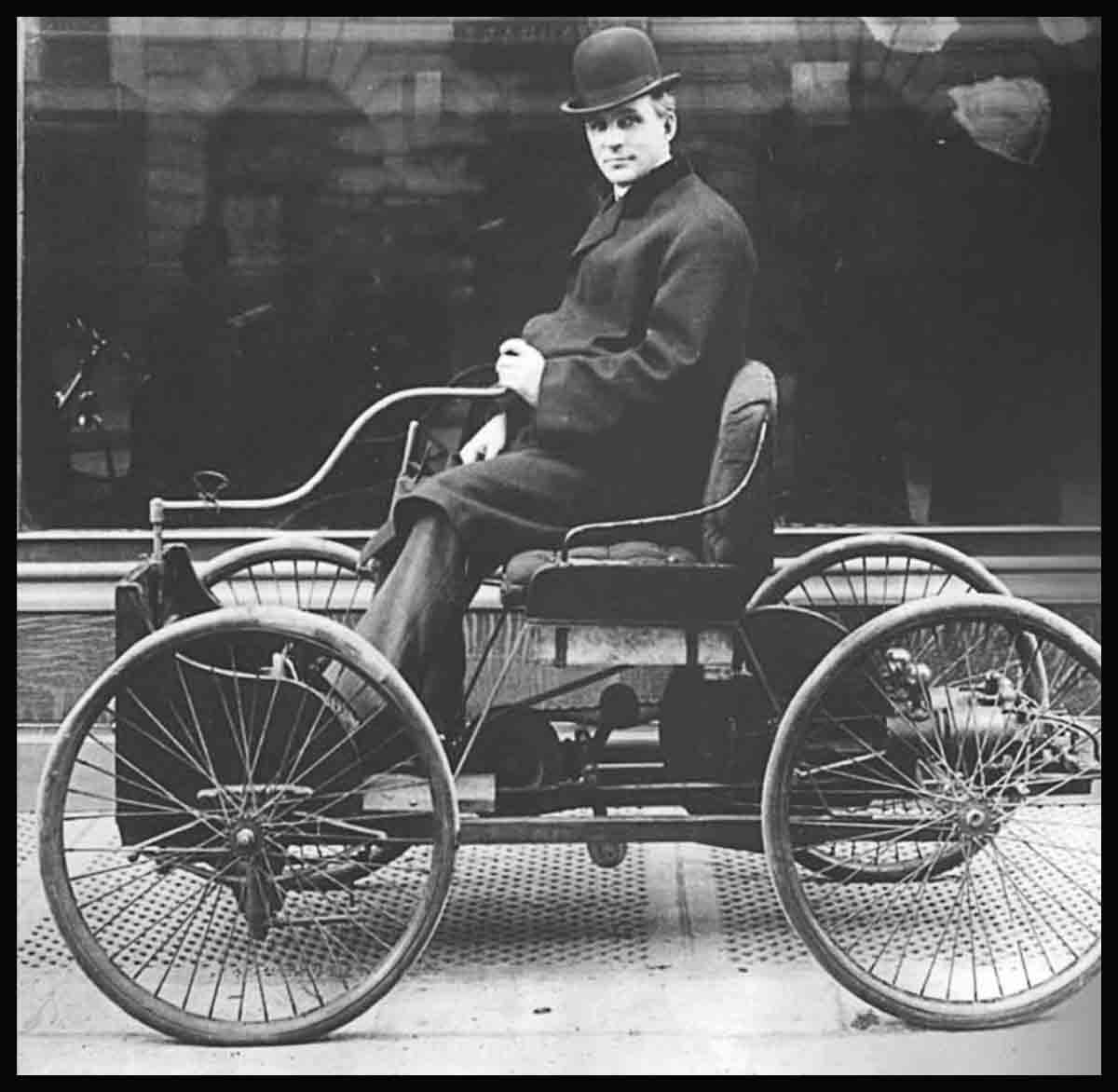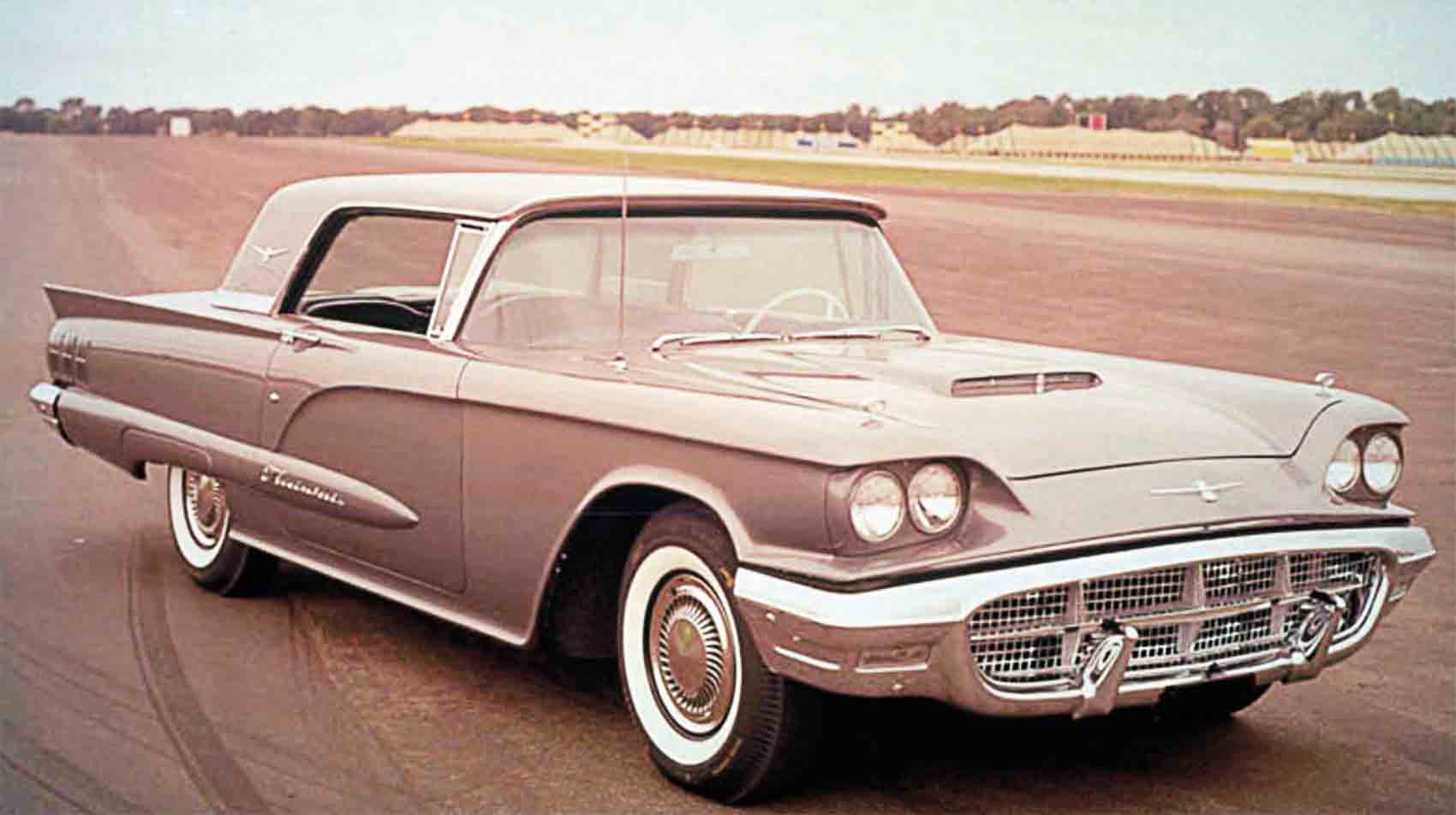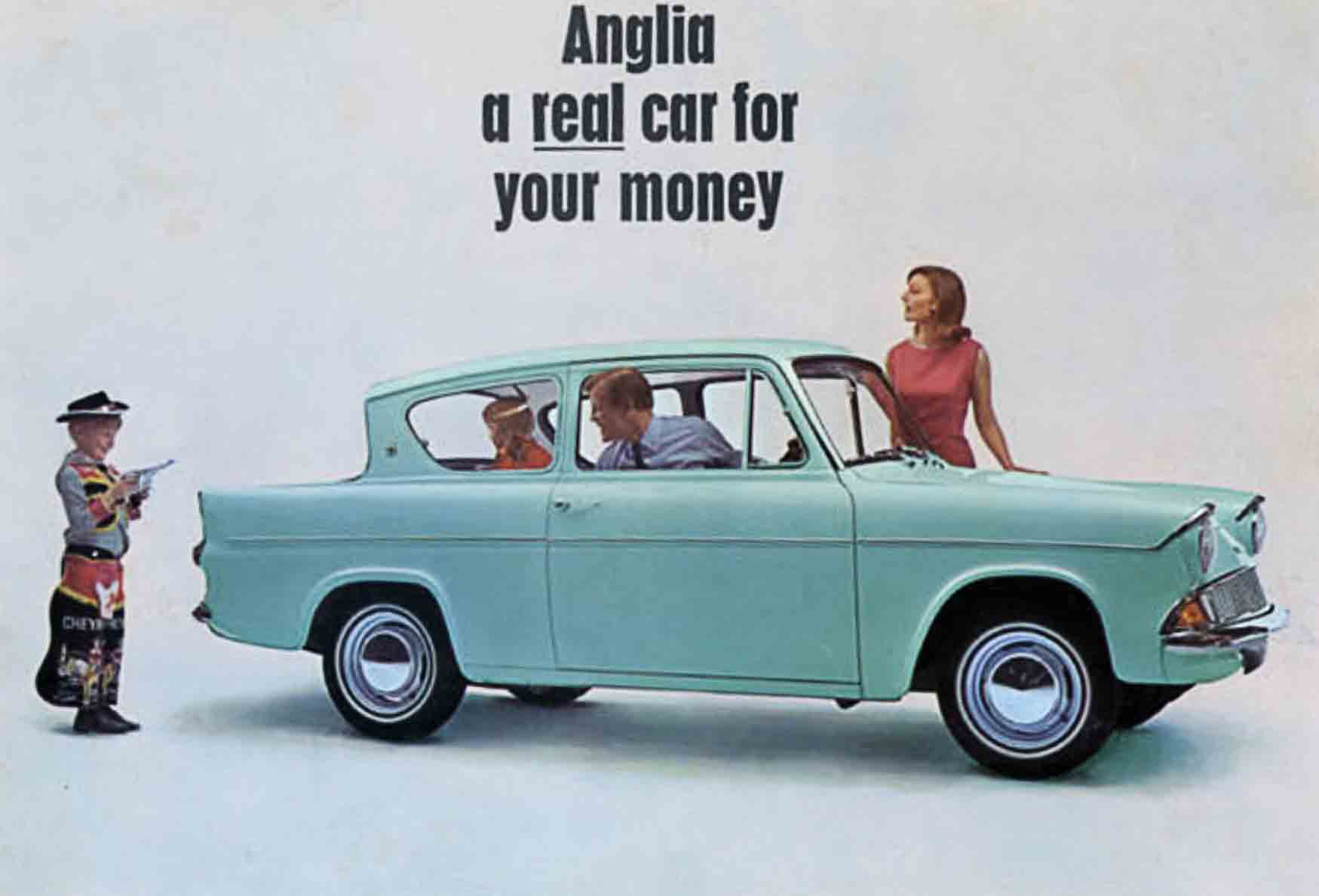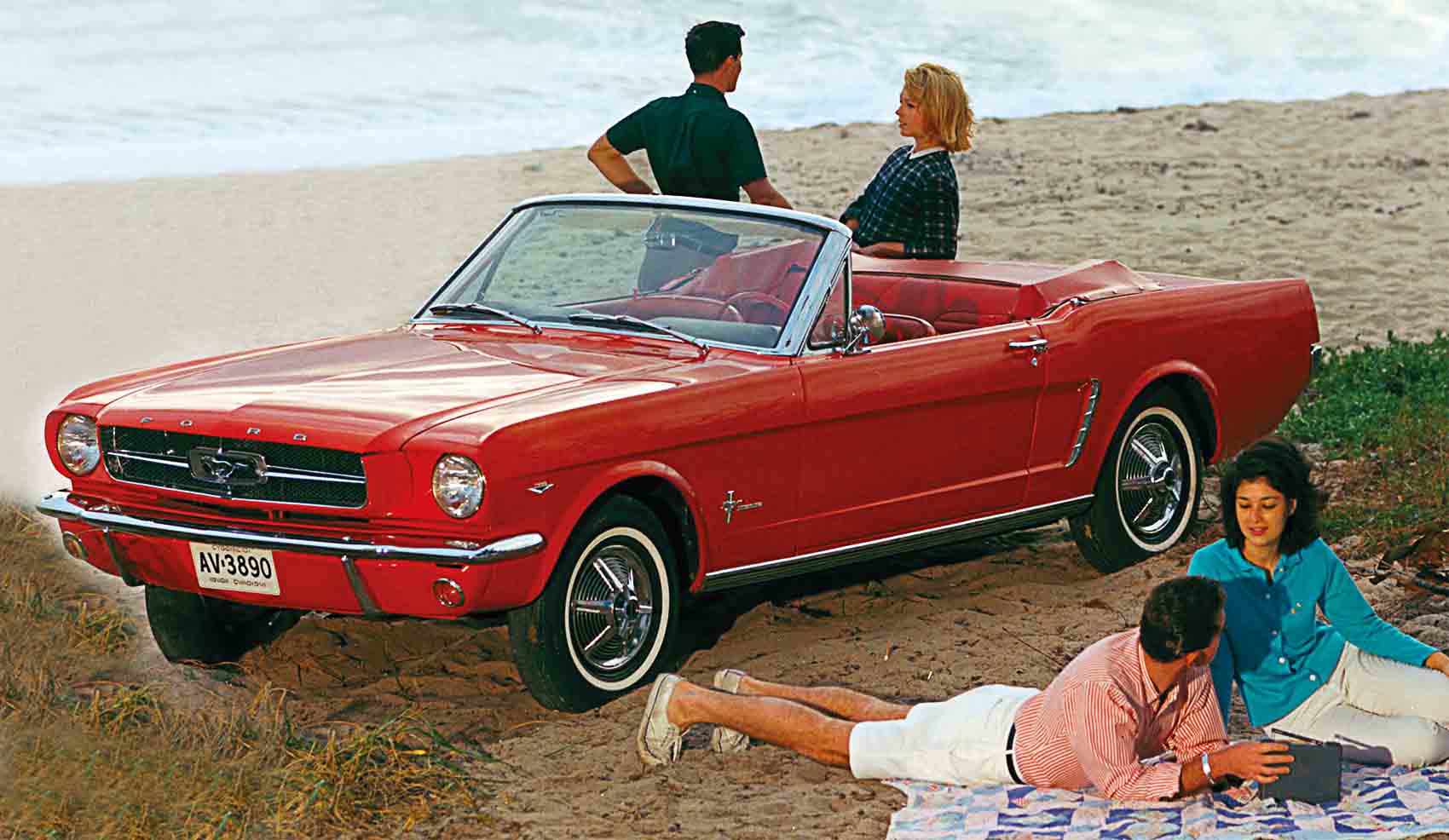
Great Marques—The Ford Story
Henry Ford was the first motor manufacturer to use mass-production techniques, and his Model T was the best selling car of its era. The company he founded has been one of the world’s largest car-makers for decades, with an enviable automotive portfolio as broad as any in the industry.
“The MK IV Cortina has all the attributes that sent its predecessors rocketing to the top of the sales charts.”
MOTOR MAGAZINE, OCTOBER 1976

After four years as a relatively compact car, the 1958 T-Bird grew in length, weight, and luxury, as the design became ever more elaborate.
FORD WENT TO WORK AS A MECHANIC in Detroit at the age of 16, and experimented with newfangled gas engines in his spare time. He built his first “horseless carriage” in 1896 and finished a second in 1898. His designs won backing from Detroit businessman, William H. Murphy, who founded the Detroit Automobile Company with Ford as technical chief to build cars. However, the venture made little headway, and was wound up in 1901. Ford started again with his Henry Ford Motor Company, but failed to get a complete car ready for production. When his backers brought in the automotive entrepreneur Henry M. Leland as a consultant. Ford left the company, which was then reorganized and became Cadillac.
Ford then founded the Ford Motor Company in June 1903. Here, he was finally able to build a complete production car, the two-cylinder Model A. The four-cylinder Model B and six-cylinder, Model K, which followed were the result of Ford’s partner Alexander Malcomson’s desire to take the company upmarket. However, Ford wanted to concentrate on low-priced cars instead, and he bought out Malcolmson in 1906 so that he could follow his own path unhindered.

With this crisply styled model, Ford added driving enjoyment to economy cars, with a four-speed, synchromesh gearbox and a rev-happy engine.
This led to the most successful of his cars, the Model T, in 1908. At $850 the “Tin Lizzie” was more affordable than most cars, yet it offered neat, modern styling, a new four-cylinder engine, and an easy-to-use transmission. It was a roaring success, so much so that Ford was forced to refine the production process to keep up with demand. In 1913 the company pioneered the use of a moving production line, cutting the time taken to build a Model T from over 12 hours to just 93 minutes.
But as much as the Model T had created the foundation for Ford’s success, it almost brought the company to its knees. Unable to see that competitors were catching up to and surpassing the Model T, Henry Ford kept it in production until 1927, by which time it was hopelessly outclassed. Ford had nothing to replace it with, and car production had to be halted for six months while a new Model A was prepared.

Demand was so strong for Ford’s “personal” car that sales topped 1 million units in less than two years.
Ford’s son Edsel had been lined up to take over the company but he died young, so it was Edsel’s son, Henry Ford II, who took control when Ford senior died in 1947. In the post-war period the company pioneered new market segments with the 1955 Thunderbird and 1964 Mustang, and earned a reputation for good-value cars for the mass-market. In Europe, Ford led sales charts with the Anglia, Cortina, and Escort. But the Blue Oval was not restricted to humdrum family motoring: it instituted a “Total Performance” programme in the 1960s, which saw it succeed in practically every discipline of motor sport it cared to attempt. Its modern V8s won in Indy car racing and in NASCAR, the GT40 beat Ferrari at Le Mans, and in Europe the Anglia proved an effective saloon car racer while the Escort became the car to beat in rallying. Ford also bankrolled the Cosworth DFV engine which became the most successful in the history of Formula 1 and then went on to a turbocharged second career as a CART/Indycar power unit.
However, Ford’s reputation suffered in the 1970s due to the Pinto sub-compact’s safety failings, which led to a recall of 1.5 million models, the largest recall in automotive history, up to that time. There were further troubles in the 1980s, as Ford struggled to cope with the effects of the energy crisis. It fought back with aerodynamic body shapes and won new generations of customers thanks to the design leadership of J Mays and the technical efforts of Richard Parry-Jones.
Ford survived the recession of 2008 without government assistance, though it was forced to sell off multiple acquisitions, such as Hertz, Volvo, Aston Martin, Jaguar, and Land Rover. Today, the company has returned to profitability in the US, and is refocusing on Europe in an attempt to boost its performance and sales there.
It is a quote. The Classic Car Book – The Definitive Visual History 2016




